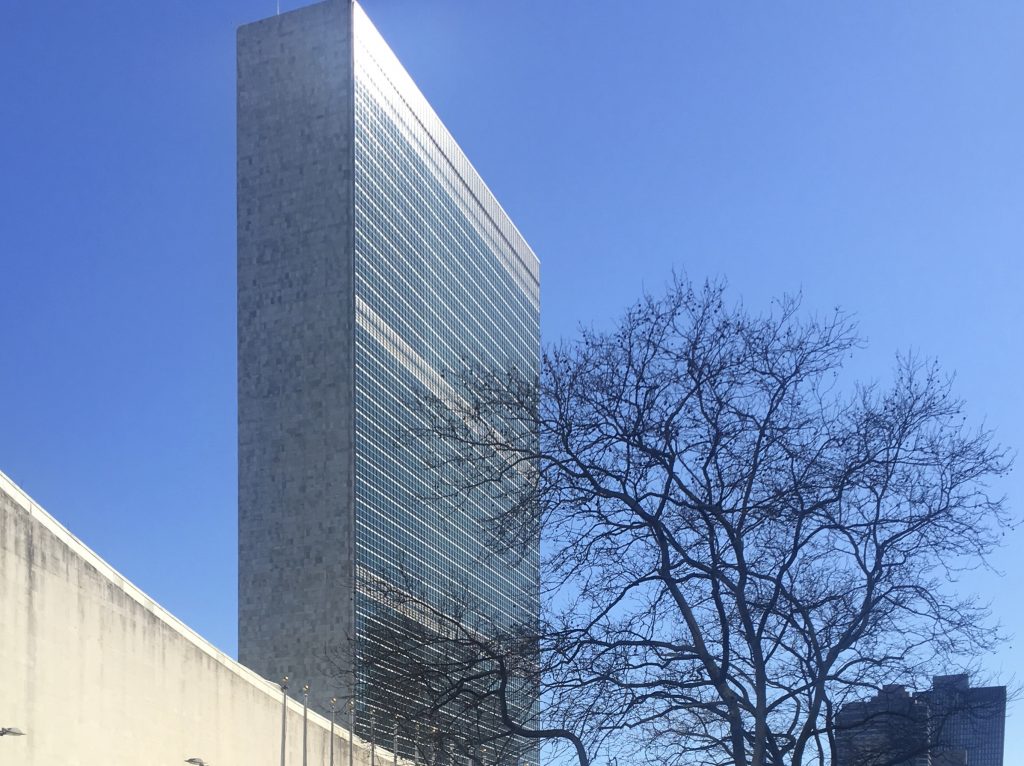How’s everyone doing? It’s been a rough couple of weeks, and it’s okay if the answer is “not great.”

As the future becomes increasingly uncertain, I find myself returning to history as a way to make sense of the events taking place. That’s not to say I’ve been looking for historical analogies to reassure myself of how this will turn out. As Adam Tooze has written, the frightening thing about where were are now is that there is no historical precedent for it.
Still, I’m finding myself thinking about the Second World War, not as a parallel but as an inspiration. While the circumstances were incomparably different, it is the way in which leaders and the public met the challenge that I find encouraging. In America, public figures like Eleanor Roosevelt argued for the continuation and expansion of social programs started under the New Deal. African Americans enlisted in segregated units to serve a country that continued to deny them basic rights, resolving to fight for a Double Victory against fascism abroad and inequality at home. In Britain, the 1942 Beverage Report laid the groundwork for the National Health Service and the modern welfare state. Despite leading his country to victory, Churchill’s Tories lost to a Labour government promising something more than a return to the status quo. At the international level, the United Nations emerged as what Dwight Eisenhower called the “man’s best organized hope to substitute the conference table for the battlefield.” Out of the nadir of humanity came new innovations in democracy, social welfare, and international cooperation.
In each of these cases, the results were mixed at best, but can still be thought of as progress compared to the status quo antebellum. What explains this dynamism at a time when it would be easy to subordinate all goals and aspirations to the demands of the war? In moments of crisis, it’s easy to get caught up in the current darkness. It’s easy to become so desperate for normalcy that routinely devalues and jeopardizes human life. But as World War II shows, it’s possible to fight against an enemy and to fight for each other at the same time.
In today’s case, that means demobilization, not mobilization. That makes the challenge even harder. The psychology of doing nothing is brutal. The psychology of doing nothing for something, at least, may give us a fighting chance.
This hit me in the chest. pic.twitter.com/Vt4zWF49Nu
— PJ Vogt (@PJVogt) March 31, 2020
Even desperate moments like these provide a chance to reflect on who we are—and who we want to be—as a nation and a global community. Whatever decisions we make now we’re going to have to live with when it’s over. There’s nothing fair about COVID-19, but there’s a laundry list of things we can do to make society more equitable now and down the road. In particular, this crisis presents a compelling case for reconsidering how we value human life and labor, and what is really essential when it comes down to it. It’s a chance to determine how we’ll be prepared for the next one, too.
I think it’s safe to say that the world won’t be returning to normal as we knew it. That doesn’t mean we should stop imagining something better. Still, with so many unknowns, thinking about our shared future seems daunting and frankly depressing. I hope we can meet whatever challenge comes next, but there’s also a question that we as individuals have more agency over: What kind of person do I want to be on the other side?
Not everyone has the time and privilege right now to think about that question, but for those of us who do, I think it’s the second most important thing we can be doing besides taking care of ourselves and each other.
Stay safe, friends.
